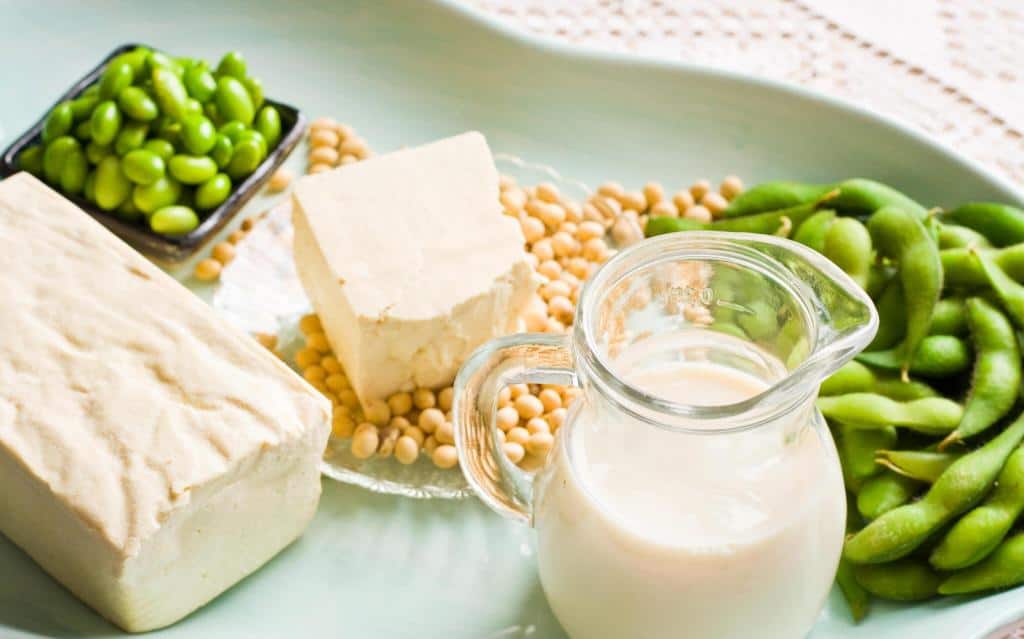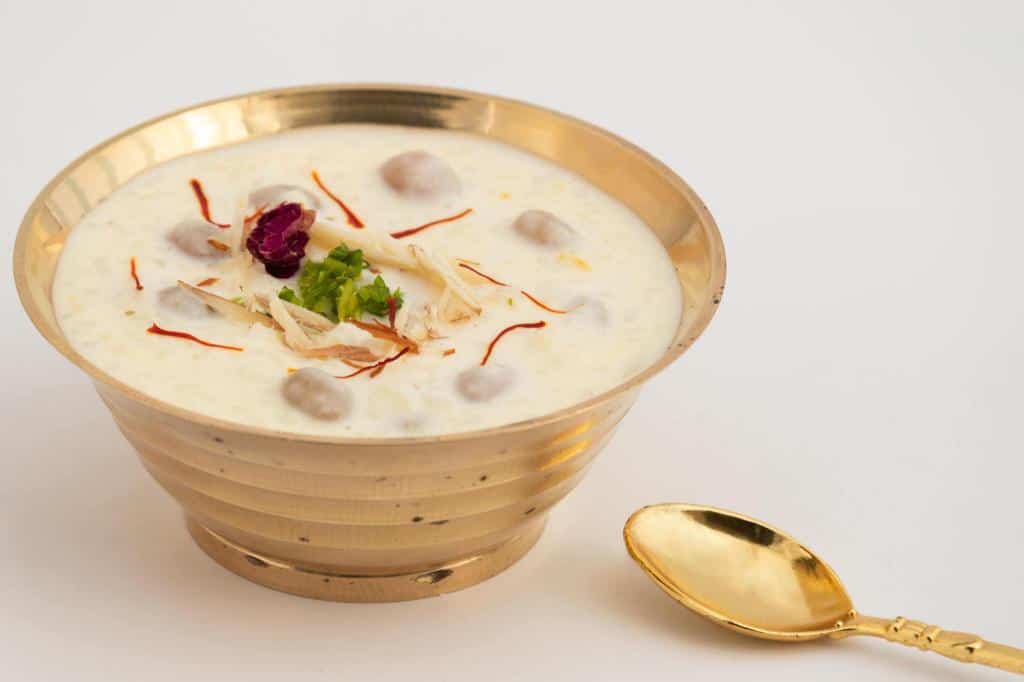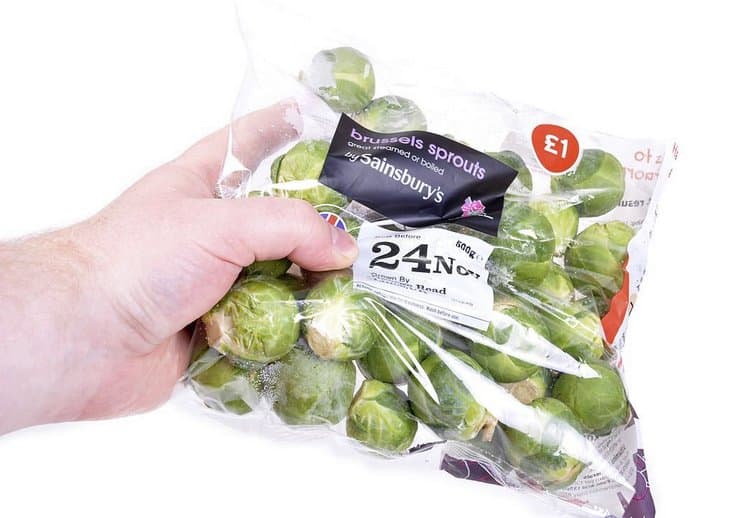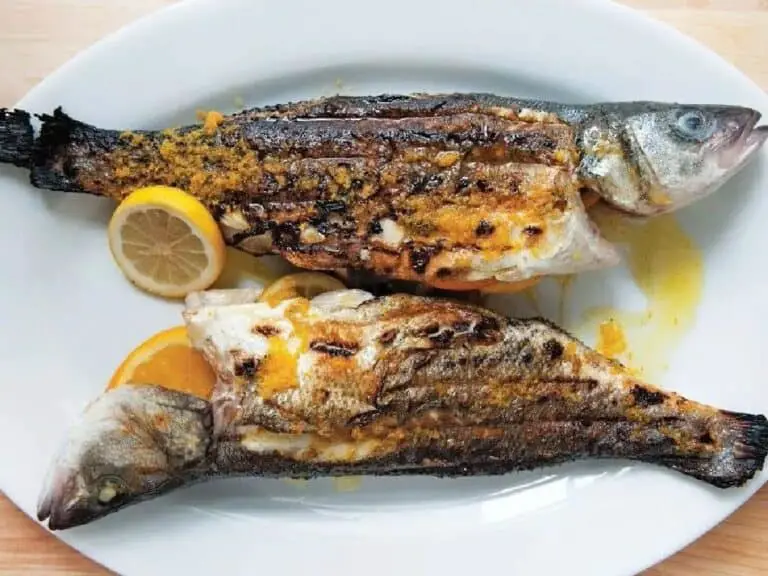Can Soy be Consumed on Ekadashi? An Overview for those Observing the Hindu Fast

In Hindu traditions, fasting on Ekadashi is like a thread that is woven together with spiritual meaning and strict eating rules. Ekadashi is a holy day that falls on the 11th lunar day, when the moon is both waxing and waning.
It gives devotees a great chance to clean up their spiritual lives and think about themselves. But within this holy practice is a complex web of dos and don’ts that guide both prayers and plates.
As dawn breaks on an Ekadashi morning, the smell of incense fills the air, and quiet chants can be heard in both homes and temples. To honor this holy day, the faithful start their fast, which means they do not eat grains or certain foods. This is thought to strengthen their spiritual connection. Rituals go on. Questions come up like incense smoke looking for clarity. One question often comes to mind like a soft breeze: Can soy join the offerings now?
In our quest for answers that blend tradition with modern understanding, let’s delve deeper into the enigmatic realm. It’s where faith meets food on an Ekadashi platter. Join me as we navigate through ancient wisdom mixed with modern views. We will explore whether soy can be more than just food. It can also bring harmony in these days of devotion and restraint.
Understanding Dietary Guidelines for Ekadashi Fasting

In Hindu tradition, Ekadashi has special significance because it is a time of fervent fasting and spiritual practice. During this sacred period, adherents often seek sattvic foods. These foods are believed to promote purity and clarity of mind. The specifics can vary by region and household. But, certain principles guide Ekadashi diets.
Foods such as grains, beans, and certain spices are typically avoided on these auspicious days due to their perceived Rajasic or Tamasic qualities, which may disrupt the intended spiritual focus.
On the flip side, devotees often opt for light fruits, nuts, dairy products like milk and yogurt (without additives), root vegetables like potatoes, and sweet potatoes, along with specific flours like rajgira or singhara flour. These selections align with the belief that simpler fare supports inner reflection and enhances spiritual practices undertaken during Ekadashi.
By consciously opting for easily digestible foods while abstaining from items considered overly stimulating or heavy on these fasting days, individuals seek to cultivate a sense of harmony between body, mind, and spirit.
Can You Eat Soy on Ekadashi?
Ekadashi fasting traditions and guidelines vary among Hindu communities. But, a common thread often emerges about soy consumption. On Ekadashi, abstaining from soy and its products is customary. Despite soybeans being a valuable protein source, they’re not permitted during this fast.
Observers refrain from consuming soy due to religious guidelines. This restriction applies even to those who may not undertake a full-day fast but choose to honor Ekadashi in some capacity.
Soy-based foods like tofu, tempeh, and soy milk are excluded from Ekadashi meals. Avoiding soy fits the broader ideal of simple and pure food in this sacred period. Therefore, individuals adhering to Ekadashi traditions prioritize alternative protein sources on fasting days, such as dairy products, nuts, and lentils.
On the flip side, there are believers who view soy more leniently in the context of Ekadashi observance. They point out that soybeans do not fall under the category of forbidden grains and can serve as viable alternatives for protein intake during this period.
In essence, Ekadashi underscores not just physical abstinence but also spiritual discipline. It emphasizes mindful eating choices that fit the fast’s principles.
| Read: Can You Eat Chicken During Lent? |
Differing Perspectives on Soy Consumption during Ekadashi
In Hindu traditions, beliefs about Ekadashi dietary rules vary. They can vary a lot among different sects and regions in the vast tapestry of Hindu traditions. While some sects may strictly prohibit the consumption of soy products as they are considered to be inauspicious or not aligned with the pure essence of fasting, others may view soy more leniently. For example, some Vaishnavism followers might avoid soy. They do so because it’s linked to tamasic qualities. These qualities could disrupt spiritual practice.
But, people from many cultures or regions may find soy convenient. It fits their modern lifestyle and respects the principle of abstaining from grains.
The interpretations about soy on Ekadashi show that Hindu religious practices are dynamic. It is essential for fast observers to consult trusted sources in their community. They need to understand how ancient principles fit with modern choices, like adding soy to their diet.
These differing views add complexity and richness to the discussion about Ekadashi fasting. They encourage adherents to think about how customs and beliefs are changing today.
What Are the Foods That Can Be Eaten on Ekadashi?
Ekadashi celebrations come with a total fast for strict dieters. Some may choose to eat on the day but must only consume foods allowed on that day.
Some foods allowed on Ekadashi include all fresh and dried fruits, all nuts, oils made from nuts, potatoes and sweet potatoes, pumpkin, cucumber, radish, squash, lemon, avocado, olives, coconut, buckwheat, sugar, black pepper, fresh salt, and turmeric.
Ekadashi is observed to eat simply to spend more time chanting, hearing, and remembering the Lord.
Dietary Alternatives and Suggestions on Ekadashi Fast
For those fasting on Ekadashi, finding alternatives to traditional foods can be a challenge. However, there are a wealth of options that not only adhere to the fasting guidelines but also offer nutritional benefits.
Adding fruits like bananas, apples, and dates to your diet can give you the natural sugars and vitamins that you need while also keeping you full all day. Nuts, such as cashews, almonds, and walnuts, are also great sources of protein and healthy fats. They will keep you going during this time when you are not eating grains.
Exploring plant-based protein sources, lentils, chickpeas (garbanzo beans), and tofu , can add variety to your meals. They also ensure proper nourishment on Ekadashi fasting days. These legumes are versatile ingredients that can be incorporated into soups, salads, or curries to create wholesome dishes that align with dietary restrictions.
Also, trying dairy-free milks like almond or coconut opens up new ways to make drinks or desserts. You can do it without losing flavor or richness during this holy time. Cooking creatively lets Ekadashi observers enjoy varied tastes. They can do so while honoring their spiritual commitments with
Balancing Tradition and Dietary Needs on Ekadashi
Individuals navigate the intersection of tradition, personal preferences, and dietary requirements during Ekadashi fasting. They must approach this practice with a mindful perspective. Adhering to age-old customs is culturally significant. But, it’s also vital to honor health needs and choices in a way that aligns with religious observances.
Finding harmony between these aspects can be a dynamic process that evolves over time. It involves looking inward and understanding one’s body. It also means seeking guidance from sources that mix traditional knowledge with modern insights.
In today’s context, dietary options are abundant. But, diverse restrictions persist during fasting periods like Ekadashi. People may find themselves exploring new ways to stay faithful to their beliefs. They also want to prioritize their nutrition.
This journey requires striking a balance. It needs openness to change without diluting the core of the fast or compromising personal values. Embracing flexibility within tradition allows for a richer experience. It honors the past and present as we navigate. It results in a unique mix of reverence for customs and an individualized approach towards sustenance during sacred times like Ekadashi.






